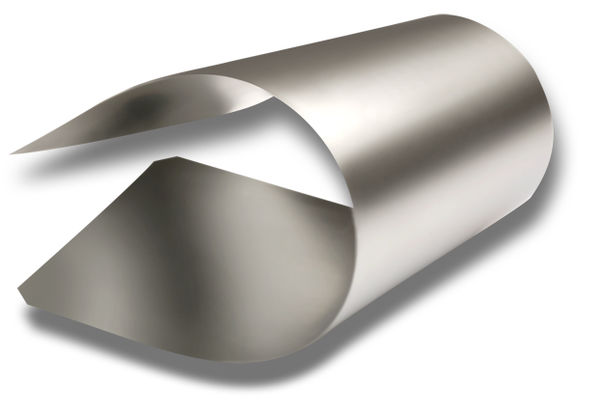Basic properties of nickel-titanium alloy
Phase transition and properties of nickel-titanium alloys As the name implies, nickel-titanium alloys are binary alloys composed of nickel and titanium.
Due to changes in temperature and mechanical pressure, there are two different crystal structure phases, namely austenite phase and martensite. phase.
The transformation order of the nickel-titanium alloy during cooling is the parent phase (austenite phase) -R phase-martensite phase.
The R phase is rhombohedral, and the austenite is harder when the temperature is higher (greater than: the temperature at which the austenite starts) or when the load is removed (deactivation by external force).
The shape is relatively stable. The martensite phase is a relatively low temperature (less than Mf: the temperature at which martensite ends) or a state under load (activated by external force).
The hexagon is ductile, repeatable, less stable, and easier. Deformation.
When it comes to nickel-titanium alloys, a new term has to be introduced-shape memory alloys. Shape memory alloy refers to a special alloy that can automatically restore its plastic deformation to its original shape at a certain temperature.
Nitinol is exactly this type of alloy. The nickel-titanium alloy has an expansion and contraction rate of more than 20%, a fatigue life of 7 × to the power of 1 * 10,
and a damping characteristic that is 10 times higher than that of ordinary springs. Various engineering and medical application requirements are a very good functional material.

Email: jasontitanium@163.com
Whatsapp/Skype/Wechat/Line: +86-15829508781



 Titanium and Titanium alloy
Titanium and Titanium alloy
